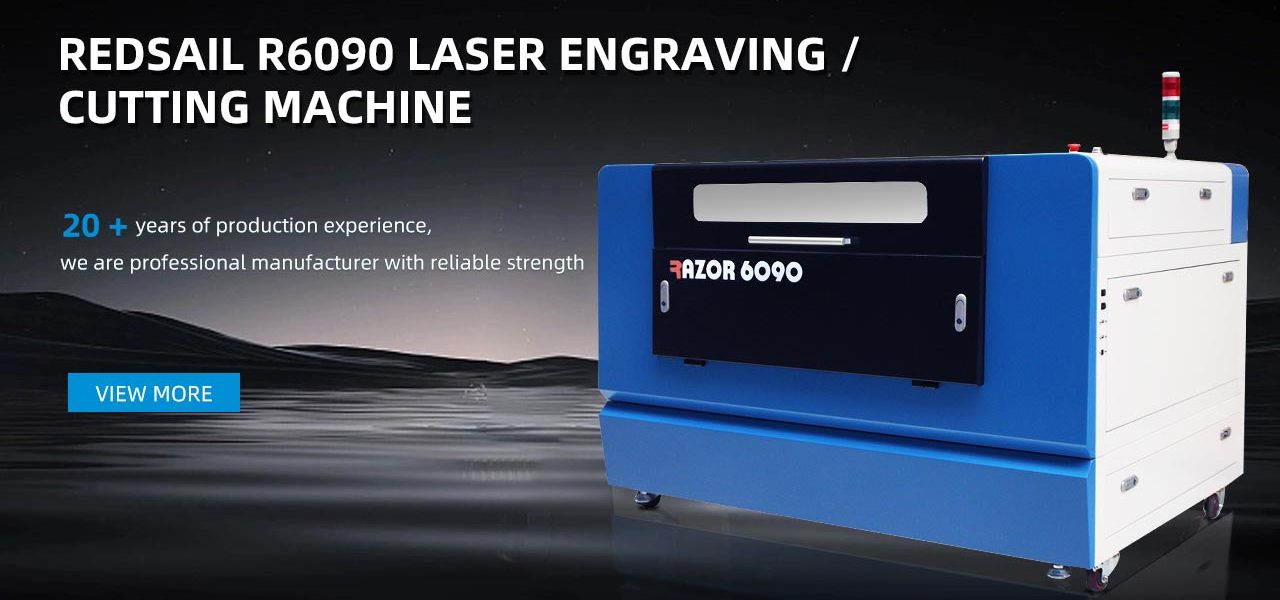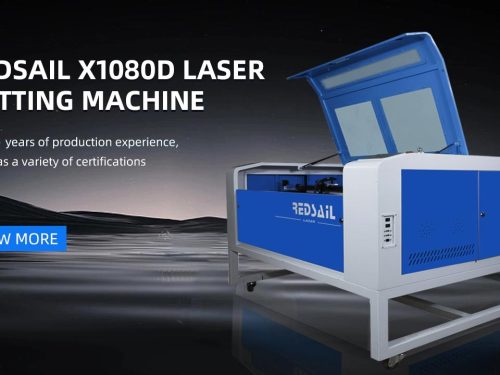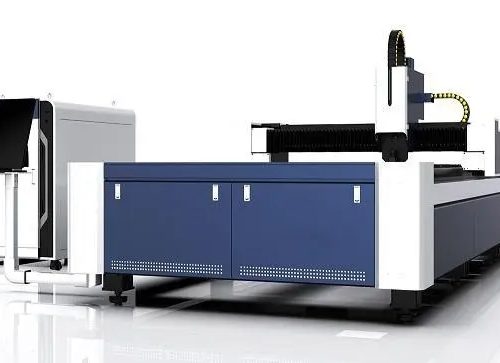
Pros
CO2 laser cutters are popular for a variety of reasons, including:
- Precision: CO2 laser cutters offer high precision for intricate designs and patterns.
- Versatility: These machines can cut, engrave, and mark a wide range of materials, such as wood, acrylic, leather, and more.
- Speed: CO2 laser cutters are faster and more efficient than traditional cutting methods.
- Automation: Many CO2 laser cutters are equipped with computer numerical control (CNC), allowing for easy automation and mass production.
Cons
Despite their many benefits, CO2 laser cutters also have some drawbacks, such as:
- Cost: CO2 laser cutters can be expensive to purchase and maintain, especially for small businesses or hobbyists.
- Material limitations: While CO2 laser cutters can work with a variety of materials, some may be unsuitable for laser cutting, such as metals or reflective surfaces.
- Safety concerns: CO2 laser cutters emit high-powered beams of light that can be dangerous if not used properly.
- Complexity: Operating a CO2 laser cutter requires some technical knowledge and training, which may be a barrier for some users.
FAQs
What materials can be cut with a CO2 laser cutter?
CO2 laser cutters can work with a wide range of materials, including wood, acrylic, leather, fabric, paper, and more. However, some materials, such as metal or reflective surfaces, may not be suitable for laser cutting.
Are CO2 laser cutters safe to use?
When used properly and with the proper safety precautions, CO2 laser cutters can be safe. However, it’s important to follow all safety guidelines and receive proper training before operating a CO2 laser cutter.
What are the main advantages of using a CO2 laser cutter?
CO2 laser cutters offer high precision, versatility, speed, and automation, making them a popular choice for industries and businesses that require efficient cutting and engraving processes.










